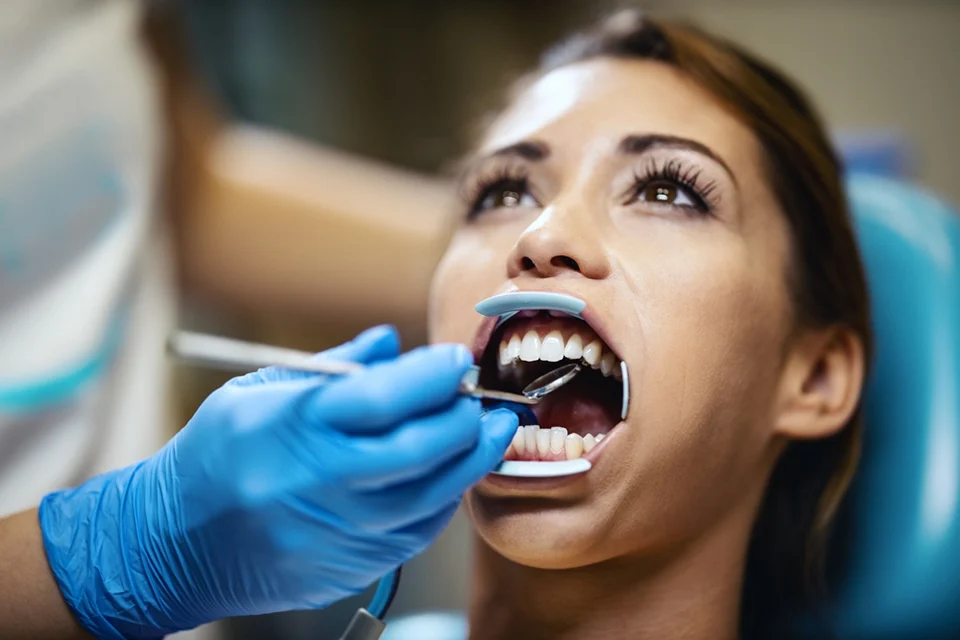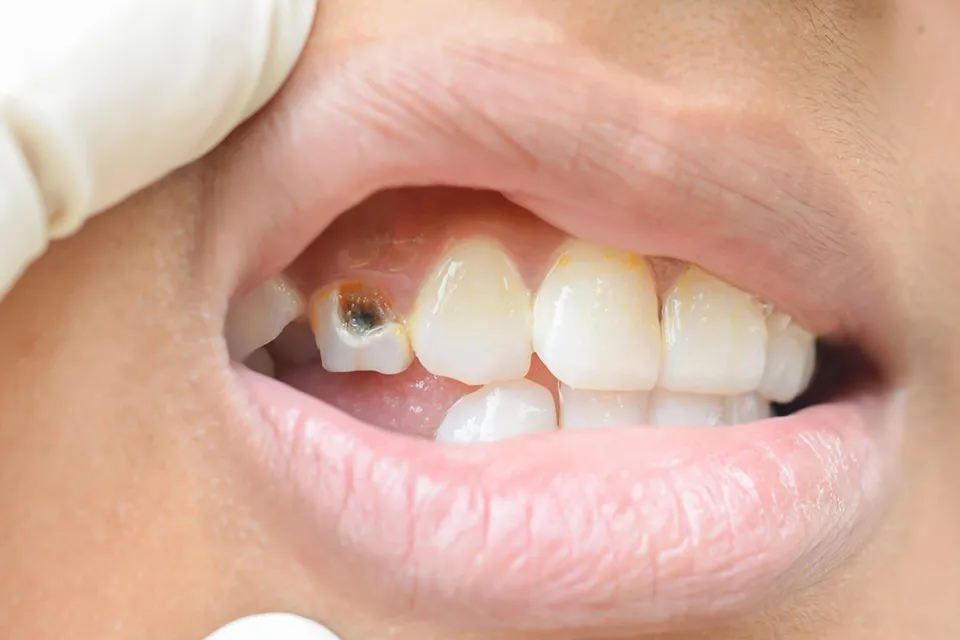Lingual braces are an innovative orthodontic treatment designed for individuals who desire a straighter smile without the visibility of traditional metal braces. Unlike traditional braces attached to the front of the teeth, the dentist places lingual braces on the back (lingual side) of the teeth. Moreover, this makes them almost invisible to others. Adults and teenagers self-conscious about their appearance during orthodontic treatment will greatly benefit from this innovative positioning, which enables them to undergo treatment discreetly.
How Lingual Braces Work
They function similarly to traditional braces by applying continuous pressure on the teeth to gradually move them into the desired position. The primary distinction is that the brackets must be custom-made for each patient due to their placement on the back of the teeth. Moreover, this customization ensures that the braces perfectly fit the contours of the teeth, allowing for precise and efficient tooth movement.
The process of getting these braces starts with a thorough consultation and examination. During this initial visit, the orthodontist takes detailed impressions of the teeth to design a personalized set of brackets. Once the brackets are ready, the dentist carefully bonds them to the back of each tooth. Wires are then threaded through the brackets and adjusted to begin the alignment process. In addition, regular check-ups are necessary to tighten and adjust the braces, ensuring the teeth continue moving according to the treatment plan.
Advantages & Disadvantages of Lingual Braces
Advantages
- Aesthetic Appeal (Invisible When Worn): One of the most significant benefits of these braces is their invisibility. Due to their placement on the back of the teeth, they are not visible. This makes them an excellent choice for people who want to straighten their teeth without drawing attention to their orthodontic treatment.
- Customized Fit for Comfort: Lingual braces are individually designed for each patient. This customization improves treatment effectiveness and increases comfort because the brackets are custom-made to fit the unique shape of each tooth.
- Effective for a Variety of Dental Issues: They are versatile and can treat various orthodontic issues. These include crowding, gaps, and bite problems. Moreover, they are equally effective as traditional braces in correcting complex dental issues.
Disadvantages
- Potential Discomfort and Speech Issues: Due to their placement on the back of the teeth, lingual braces may induce discomfort, particularly during the initial adjustment period. Patients adjusting to their braces may experience tongue irritation and speech difficulties, such as a slight lisp.
- Longer Adjustment Period Compared to Other Braces: They often require a more extended adjustment than traditional braces. It may take several weeks for patients to fully adjust to the feeling of braces in their mouth.
- Higher Cost: The customization and expertise necessary for fitting these braces result in a higher cost than traditional braces. In addition, when considering their orthodontic options, patients frequently consider the higher price.
Cost of Lingual Braces

The cost of lingual braces can vary greatly depending on several factors, including the complexity of the dental issues being addressed, the treatment duration, and the specific orthodontist’s pricing structure. Lingual braces typically cost between $8,000 and $10,000, higher than traditional metal braces. The higher price reflects the customization and specialized training required to fit lingual braces. Additionally, geographic location, insurance coverage, and payment plans can all impact the overall cost.
Comparison with Other Orthodontic Options
Traditional Braces vs. Lingual Braces
Traditional braces are more effective and less expensive but are also highly visible, which can disadvantage some patients. While more expensive, lingual braces have the advantage of being nearly invisible, making them a more discreet option for those concerned about appearance.
Lingual Braces vs. Invisalign
Invisalign is another popular choice for patients looking for a less noticeable treatment. It employs clear, removable aligners that provide the convenience of allowing patients to eat and clean their teeth without the use of braces. However, Invisalign is not appropriate for all types of dental problems. Lingual braces, on the other hand, can treat a broader range of orthodontic issues while remaining invisible throughout the process.
Lingual Braces vs. Ceramic Braces
Ceramic braces are similar to traditional braces but use tooth-colored or clear brackets that blend in with the teeth. While they are not as visible as metal braces, they are still noticeable, especially up close. Lingual braces provide a higher level of discretion because they are entirely hidden from view. Ceramic braces, on the other hand, are typically less expensive than lingual braces. This makes them a more cost-effective option for patients seeking a less conspicuous treatment.
Lingual braces are an excellent option for those looking for a discrete and effective orthodontic treatment. While they have disadvantages, such as a higher cost and a more extended adjustment period, the aesthetic benefits and tailored fit make them an appealing option for many patients. Patients who understand the differences between lingual braces and other orthodontic options can choose the best treatment.
Lingual braces may be the ideal solution for individuals seeking a discreet and effective method to achieve their desired smile. At Zara Dental in Houston, Texas, our experienced orthodontic team will walk you through every step of your journey to a straighter, more confident smile. Contact us today to schedule your consultation and learn how lingual braces can help you. Let’s make your ideal smile a reality!






